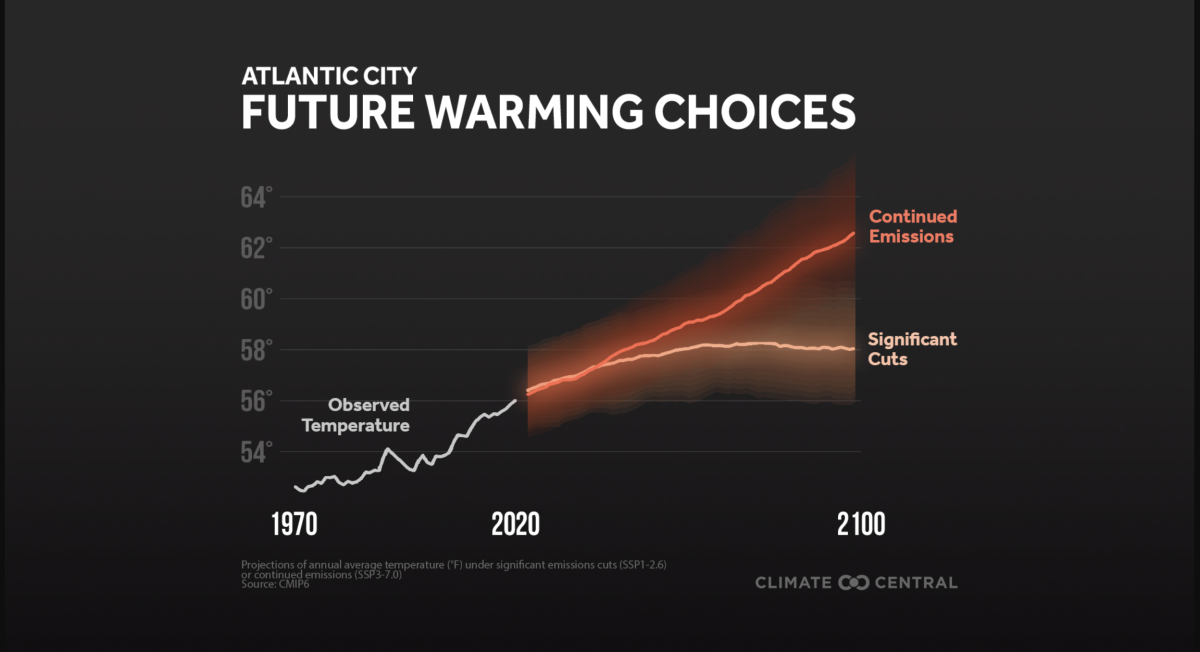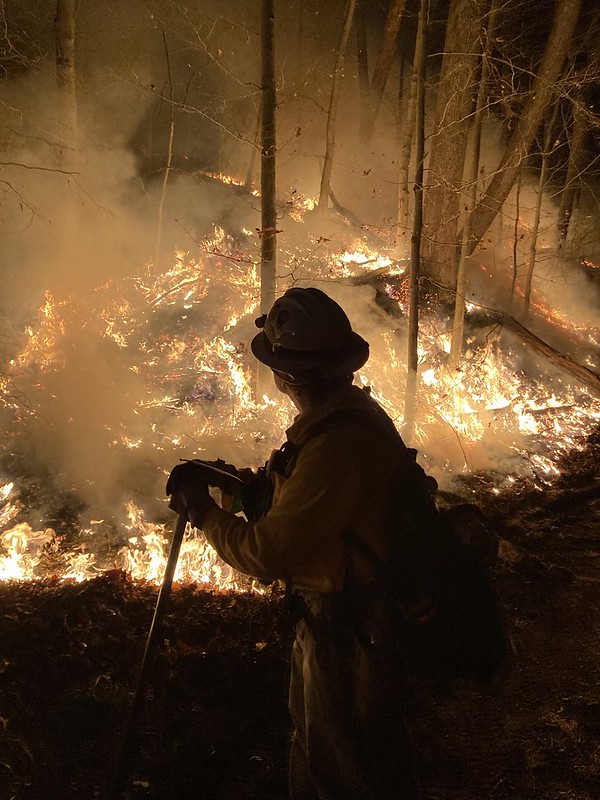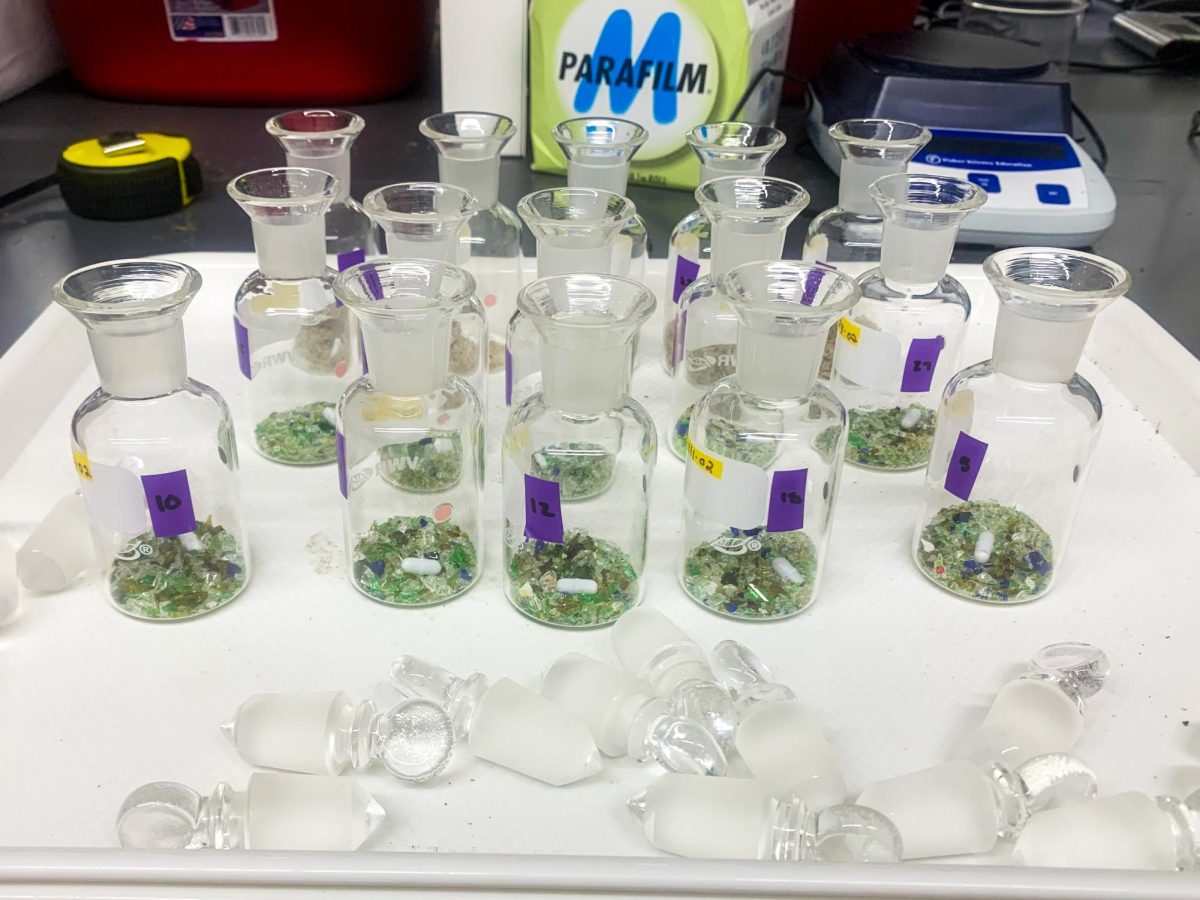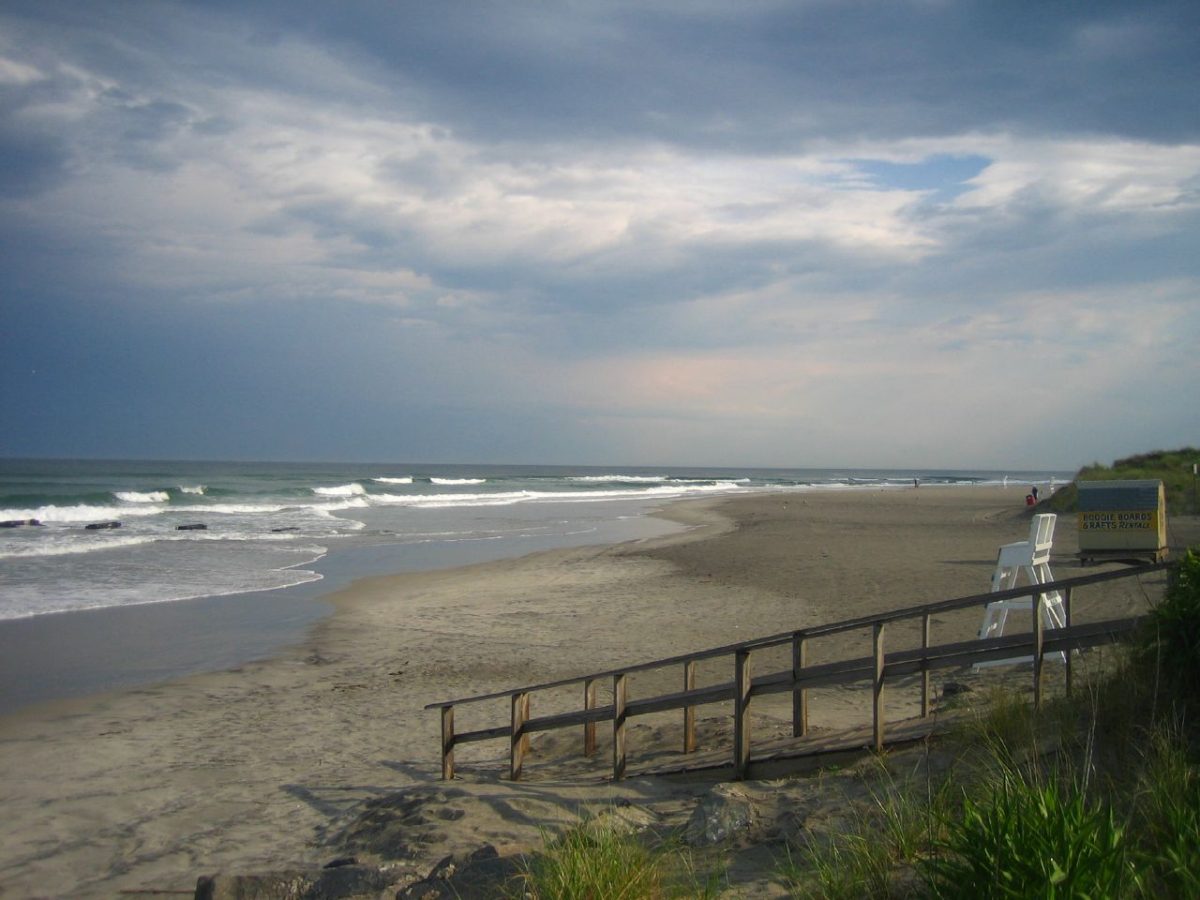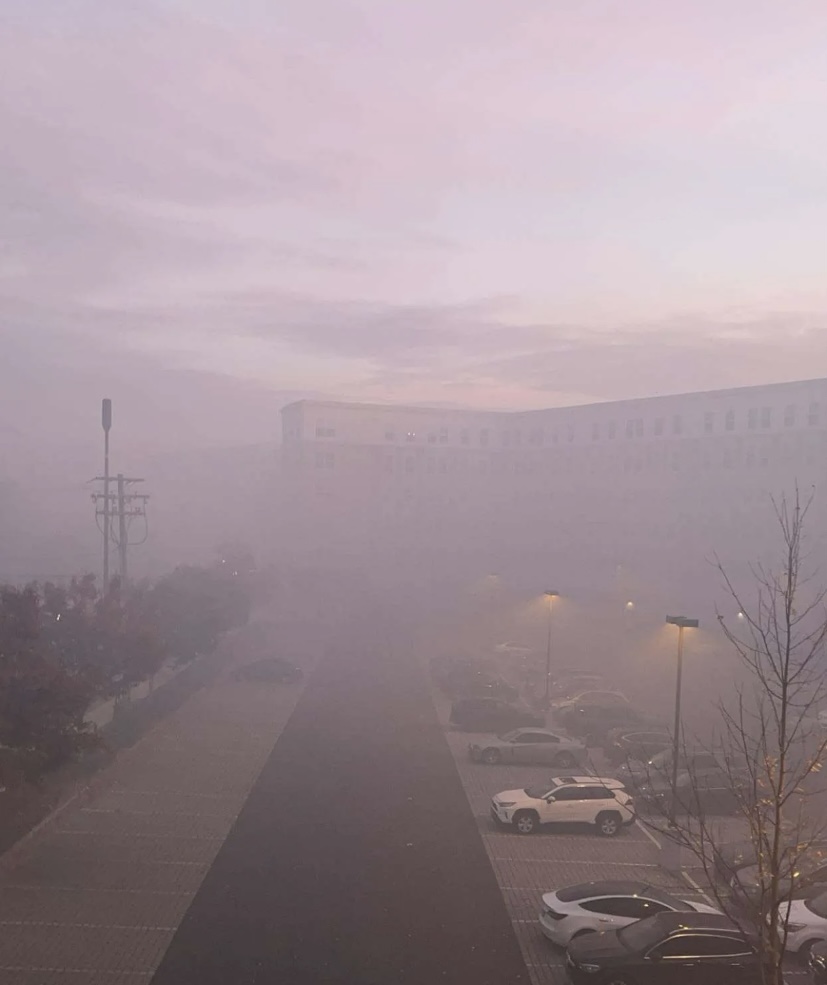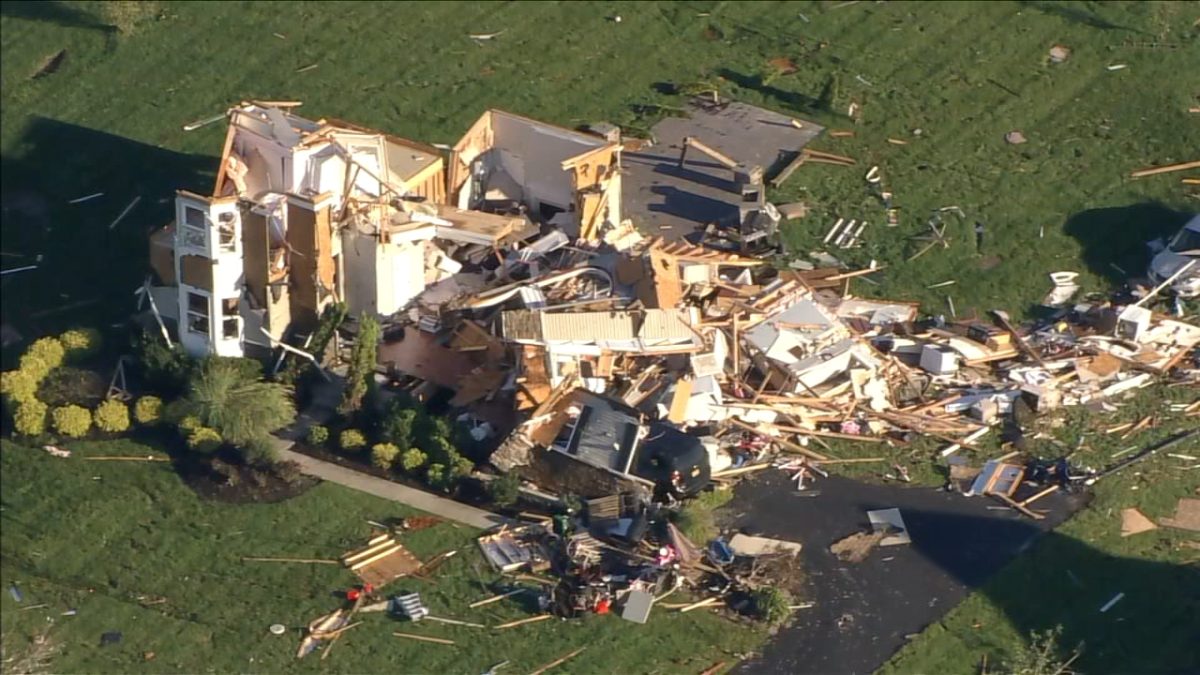Editor’s Note: COP26, the United Nations climate change conference in Glasgow, Scotland, ended last week. Our news partner, Climate Central, put together a guide explaining the importance of the conference and the issues and policies discussed. Here are excerpts from the guide:
Additional warming by 2050 is nearly inevitable, but we have a choice in determining how much warming we will see in the future. Today, the global average temperature sits at 1.26°C (2.27°F) higher than in 1850. And current stated policies put us on a path toward 2.6°C (4.7°F) of warming by 2100—overshooting the Paris Agreement goal of 2°C. This is why COP26 is so important. In order to reach our global goal, each country needs to continually adopt—and implement—more-ambitious emission-reduction plans.
But that is easier said than done. The Paris Agreement demands one of the largest global transformations, physically and behaviorally, the world has ever undertaken. And according to the Intergovernmental Panel on Climate Change Sixth Assessment Report, meeting the 1.5°C target is not impossible but is becoming increasingly difficult as time passes with limited action. Any additional warming worsens the risks that climate change poses to people and the natural world.
What is COP26?
COP26 is the 26th annual Conference of the Parties to the United Nations Framework Convention on Climate Change—an international event where world leaders come together to advance climate goals, including those agreed upon in 2015 at COP21. During COP21, nations of the world adopted the Paris Agreement to hold global average temperatures to well below 2°C (3.6°F) above pre-industrial levels, and to pursue efforts to limit warming to 1.5°C (2.7°F). To keep these long-term and global goals on track, the Paris Agreement requires all Parties to propose their own plans to cut greenhouse gas emissions—and to increase their ambition every 5 years (COP26 was postponed from 2020 to 2021 because of the pandemic). COP26 reviewed these initial commitments, called Nationally Determined Contributions (NDCs), and also seek Parties to update their NDCs, setting the tone for future action.
Who participates at COP26? World leaders and senior government officials from nearly 200 countries were the main participants in negotiating and making decisions during the conference. Members of the press and media, businesses, academia, and nonprofit organizations (including Climate Central) were also in attendance.
Why is COP26 important to you?
Climate change is already affecting our lives and livelihoods. Its impacts on human health, agriculture, extreme weather, coastal inundations and more are disrupting communities across the globe—including your own community. COP26 is important because the choices made by world leaders over the next two weeks will influence warming in your own backyard, during the lifetimes of people already living as well as future generations.
To bring the global view down to the local level, Climate Central produced temperature projections to the year 2100 for 246 locations across the U.S. Our local projections used the latest generation of climate models and different greenhouse gas emission scenarios to compare two futures: a world where emissions continue on their current path (SSP3-7.0), and a world with aggressive emissions cuts (SSP1-2.6) that stay within the Paris Agreement limits of 2°C of global warming this century. The results show:
- All 246 U.S. locations warmed under both greenhouse gas scenarios by 2100.
- In the scenario where emissions are aggressively cut (SSP1-2.6), projected warming in the U. S. would range from 1°C to 2.5°C (1.8 to 4.5°F relative to 1991-2020) by 2050 and then stabilize.
- In the scenario where emissions remain very high (SSP3-7.0), projected warming would range from 3°C to 5°C (5.4 to 9°F) by 2100.
- Projections show the strongest warming in the Midwest region and some upper parts of New England.

